Last Updated on by Mitch Rezman
Sunshine, my Lutino (Yellow) Indian Ringneck Parrot was by far the best pet bird I have ever had of all the birds we had.
My then husband bought him as an unweaned baby and I completed the process. I found that Ringneck Parrot babies need to be hand fed and beg, but don’t open their mouths to accept the syringe, they require a bit of prying open with the opposite hand’s fingers in order to slip in the tip of the syringe or pipette. Then it was no trouble at all.
As the parrot chick reached 12 weeks of age and beyond he showed no interest in stopping the feedings for solid foods of which I kept strewn in an open low sided box that I kept near me with the bird so he could peck around and learn to eat. He was eating but still begging.
I had been feeding him all day but come evenings he still begged. I asked his breeder and was told to make sure he was hand fed in the evening but to skip the morning feeding and let him cruise through the seeds, crumbs and other foods I had in his box and cage. Then make sure he had a full belly before bedtime from the formula. Within two days he was rejecting the syringe and was weaned.
At about 6 1/2 months old my Ringneck parrot popped up with “Hello”, “Love you” and “Nummy, Nummy”. That made me realize that they were much better talkers than expected.
I had not said Nummy, Nummy since I had hand fed the bird months earlier. That meant that he had learned words while being hand fed at only a few weeks old. If I had said more to him at that age I could only imagine his vocabulary.
Sunshine would learn a new word or phrase every week until he was about 3 when he never learned any more words. It took simple repetition from me and he loved to learn.
At 11 months the first bright orange feather dot showed up on his neck which meant he was a boy. By 18 months he had a full orange ring and was striking with his brilliant yellow feathers, his long tail made him appear to be a larger bird even though his body was no larger than a cockatiel or conure.
He was the best little guy, he loved his momma and his poppa, but as I was the one that weaned him, I was the favorite. He ate everything we gave him, and his diet was mainly seeds and fruits and veggies.
This was early in my bird keeping so I did not realize the need to add pellets to the diet and he never took to them but did like Nutri-berries if he dropped them and I stepped on them. Then he would run down to the floor and eat the crumbs.
Everyday he received a dish with some frozen mixed vegetable, a cut grape, cut apple bits and a tiny cube of orange. He was a very good eater and always helped me when I was making up batches of bird veggies. He would sit on the lip of the big mixing bowl and reach down and grab frozen kernels of corn and eat them shivering all the while but just loved it.
I gave him a little yellow squeaky toy shaped like a baby bird and he decided that was the best thing ever and it became his number one toy his entire life, I replaced it 20 times as he would love it to pieces and I had to buy a case of them as my customers also wanted them having seen him with his.
He carried it around like a teddy bear kissing it with audible kissing sounds and if it was missing he would come to us and stare at us until we realized he had lost it and we had to crawl around the floor until we found it for him.
He did not handle being left along for long very well and there was a point when I divorced and he went with me and I left him in the care of a friend while I traveled weekends for my business.
At one point I came back and found he had plucked himself bare. That was awful to find and I never left him alone after that but he never let all of his body feathers come back and looked rather ratty the rest of his life but I loved him regardless.
He was a great traveler and loved to go anywhere we were so he had several cages, and carriers. All we had to do is open up the carrier in front of his cage and he would grab his “baby” and climb down the ladder to the floor and walk into the carrier and wait to go.
At one point in his life I thought he needed a girl and bought him a female pet ringneck but she was mean and beat him up and I ended up having to pet two birds instead of him having companionship.
I sold her and tried with a female who had always been with other birds. That went better, she hated me but did fine with him but he was unable to figure out what she was trying to do when she would attempt to get under him to mate. He would just run off. At some point I realized he was not happy and I sold her to a breeder and I was his sole companion for the rest of his life.
At 20 years of age he was climbing his stand and appeared to stumble, I realized he had a stroke as his left wing and leg were limp and curled. I was afraid he was dying but he recovered shortly.
I did research and knew it was a matter of time before he would have another one. It was several months but on Mother’s Day weekend evening we found him in his cage not looking good, I walked over and spoke to him and he jumped. He was blind. The new stroke took his vision and I scooped him up and held him in a towel with his baby and sang to him his favorite song. “You are my Sunshine”.
After awhile I put him back in the cage on the floor with his toy so he felt it and checked later, he had passed still cuddled up to his beloved baby bird.
We buried him in a flower bed near the bird feeders outside so he would always be near. We miss him still.
We have since had a cockatiel who was a great little bird until she died from cancer, and now we have a female Senegal parrot who is bonded to my husband.
I miss my Sunshine and would love to have another Indian Ringneck but at my advanced age, I don’t want to start over with a very young bird. Perhaps if I come across another tamed, older Ringneck who needs a home I may go that route.
I would highly recommend Indian Ringnecks as pets, they talk well, they enjoy talking over chirping. They will hold conversations with you and other birds. The feathers are so smooth they look like velvet. Their little red beaks are adorable and they appeal to everyone. Not scary to anyone.
written by catherine tobsing
approved by mitch rezman
your zygodactyl footnote
Author Profile

Latest entries
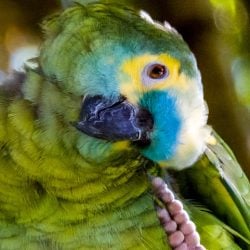 AmazonsJuly 25, 2024What Size Rope Climbing Net Do I Choose for My Pet Bird?
AmazonsJuly 25, 2024What Size Rope Climbing Net Do I Choose for My Pet Bird?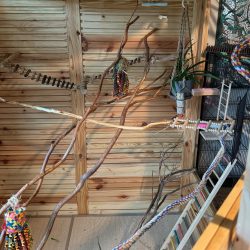 Bird Cage InfoJuly 16, 2024Following Up On – Can You Help Me Care for My 3 Cockatiels
Bird Cage InfoJuly 16, 2024Following Up On – Can You Help Me Care for My 3 Cockatiels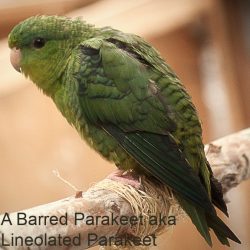 Bird & Parrot AnatomyJuly 16, 2024Poor Fertility in Your Birds Could Be Due to Several Factors
Bird & Parrot AnatomyJuly 16, 2024Poor Fertility in Your Birds Could Be Due to Several Factors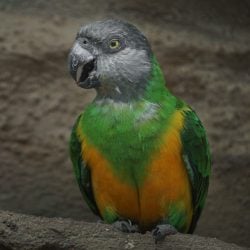 Bird BehaviorJuly 12, 2024Do Birds Ever Suffer From Vertigo?
Bird BehaviorJuly 12, 2024Do Birds Ever Suffer From Vertigo?

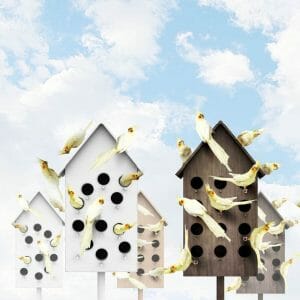

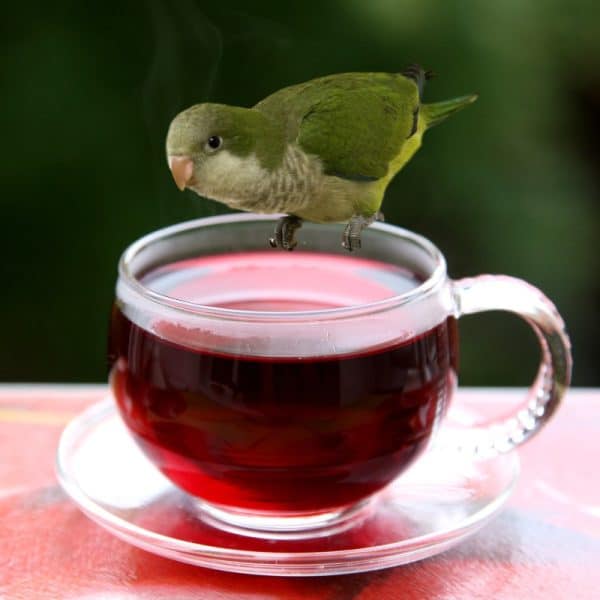

Daniel Wilbanks
14 May 2018This is so sweet but heartbreaking at the same time. I’m about to buy a Indian Ringneck.